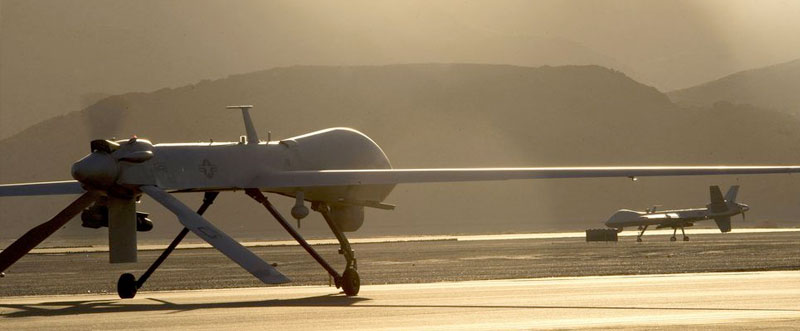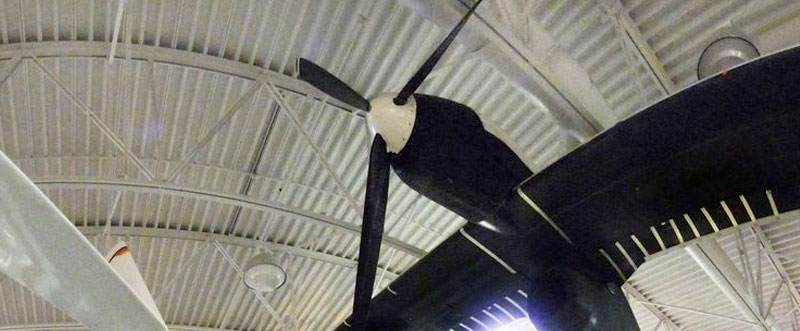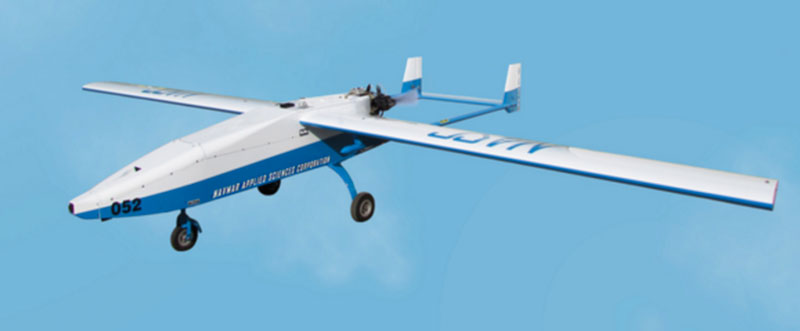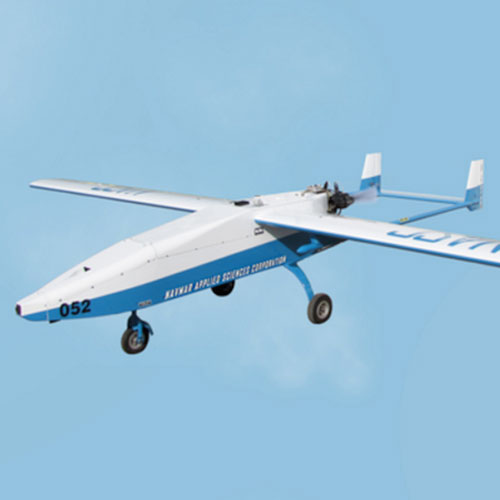
NASC in the News
NASC in the News
The Predator’s Stealthy Successor Is Coming
The Air Force wants a hyper-capable drone on the cheap. Is current technology up to the task?
The U.S. Air Force wants a new drone. It needs to do everything the current Predator can do but better, including staying airborne for seven days and using less ground support than its unmanned predecessor. To reach this high bar, the Air Force might consider a hybrid or solar-powered engine, an airship design, or other technology that might not yet exist. But the end product needs to cost only $1 million per aircraft.

This new program is called the Ultra-EndBackend Editorurance Unmanned Air Vehicle, and program manager Marc Owens of the Air Force Research Laboratory’s Center for Rapid Innovation tells Popular Mechanics that it will be ideally suited for gathering intelligence and will carry cameras and radar rather than bombs. At present, the Air Force can support only about 60 drone Combat Air Patrols (CAP) at one time, which is not many considering that a CAP may be focused on just one village or even devoted to following a single high-value individual. Cheap drones could boost numbers and be sent into situations too hazardous for a more costly aircraft.
The new drone will need to be stealthier than the Predator and its lawnmower-like engine, and will have satellite communications with a payload at about half the Predator’s. Although a smaller drone might make this new aircraft look like a pipsqueak in comparison, electronics have shrunk considerably since the Predator came into service back in 1994. It would be like comparing an iPhone 7 to an IBM Simon.
“Technologically, a number of advancements could come into play to support the desired objective,” says Owens, mentioning innovative aerodynamic designs, efficient propulsion systems, and solar power. “But we are ‘agnostic’ about technology.” In other words, they’re open to ideas. Although they’ll consider several proposals from different companies, only one can join the Air Force’s drone fleet. But this drone’s cutting edge requirements could make it a huge challenge to build.

First is meeting that daunting seven-day flight quota. The Air Force’s Predator can fly for a two-day stretch with the help of a frugal Rotax engine and glider-like wings. But that length can be easily passed using just 1980s technology.
Boeing’s prototype 1988 Condor drone, for example, had a 200-foot wingspan, slightly more than a 747 airliner. It was made of new lightweight composite materials, and tipped the scales at 20,300 pounds, less than one-thirteenth the weight of its 747. A pair of fuel-injected, 6-cylinder piston engines drove the Condor to speeds over 200 mph. It took off from a four-wheeled trolley and landed on skis to save weight and could last for 58 hours in the air — though designers say that number isn’t even close to its limit as it could likely stay airborne for a week. Like the much smaller Predator, Condor was designed for surveillance but when Boeing finished the design in 1989, it was way too expensive.
What if the winning design isn’t a winged drone at all, but an airship? The Air Force doesn’t have a great history with lighter-than-air dirigibles, as it’s already canceled the $200 million Blue Devil drone blimp in 2012 (the Armyalso terminated their similar LEMV in 2013). Other airships, like DARPA’s Walrus, have met similar fates. Any airship proposal for the Ultra-Endurance UAV would have to hold steady with high 50 mph winds. Airlander says its airships can survive up to 80 mph gales, but that claim has never been tested.
The Air Force’s best bet is likely a hybrid engine combining solar power with fuel cells, an idea derived from aNASA study into long-endurance air vehicles. Airbus is working on the Zephyr, an ungainly solar craft with a 70-foot wingspan, which holds the record for the amount of hours airborne at 336 (about two whole weeks). But its 11-pound payload is only a fraction of what the Air Force needs.
Maybe more advanced solar drones might to the job. Google’s planned Solara 60 meets the USAF’s payload target, but even its little brother, the Solara 50, will cost a cool $10 million, far beyond the $1 million target.
But hope remains. Back in 2008, a similarly ambitious Air Force program aimed to provide Predator-type capability at a fraction of the cost. The horribly named “Low Cost Intelligence, Surveillance and Reconnaissance, Unmanned Aerial Vehicle” would carry a camera and a laser designator with day-long flight time at a bargain price of $50,000 compared to the Predator’s $4 million.
Boeing Condor Craig Howell/Flickr

Navmar Applied Sciences Corporation met the challenge with advanced aerodynamics, composite materials, and off-the-shelf (and hence cheap) electronics. Its design became the RQ-23 TigerShark, which has seen service in Afghanistan hunting buried IEDs. So cost-cutting when it comes to making next-generation drones is possible.
Owens says the prototype should start flying two years after the first contract is awarded. Transition to service depends on how well it works and whether the Air Force still needs it when it’s finished. So this highly advanced drone could just become another forgotten project rotting in a hangar like the Condor and the LEMV—or it might blossom into an important element of the U.S. Air Force’s drone fleet, giving an eyes-on view anywhere and everywhere in the world.


